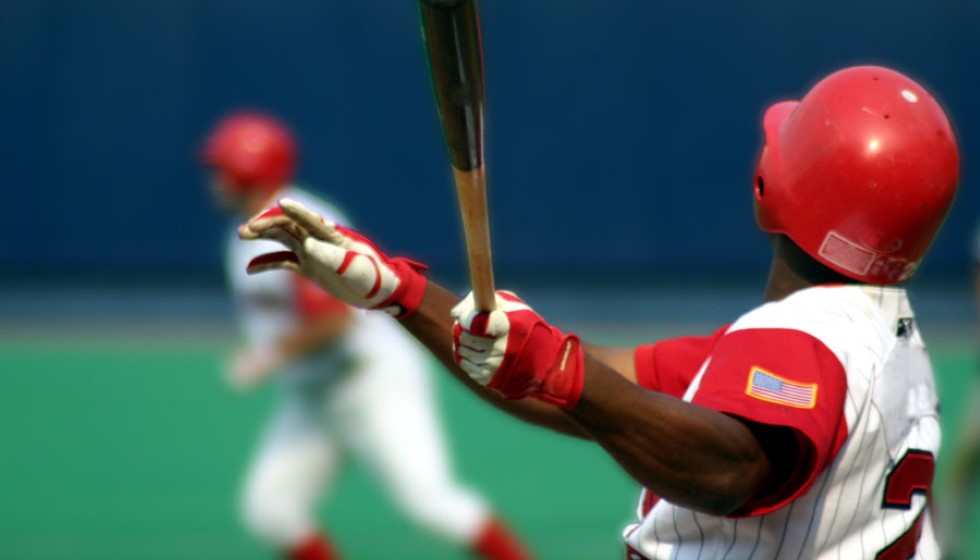
The 2023 Major League Baseball (MLB) season is witnessing an alarming increase in pitcher injuries, casting a shadow over the game and raising concerns about player welfare. The most common of these injuries are torn elbow ligaments, putting significant strain on teams and players alike. The issue has become so pronounced that prominent figures such as Eury Pérez and Shane Bieber are already ruled out for the remainder of the season due to this very injury. They join Jonathan Loáisiga and Spencer Strider, who have also succumbed to season-ending elbow surgeries.
In a concerning development for the Houston Astros, Framber Valdez was recently scratched from a start due to elbow soreness, highlighting the widespread nature of the problem. Alarmingly, statistics reveal that 34.2% of pitchers appearing in MLB games have undergone Tommy John surgery, a procedure to reconstruct a torn ulnar collateral ligament in the elbow. This figure becomes even more stark when considering that 132 pitchers were on the injured list on Opening Day, representing 80% of all assignments and underscoring the severity of the injury crisis facing pitchers in the league.
The Role of the Pitch Clock
The introduction of the pitch clock has been a point of contention, with Tony Clark, head of the MLB Players Association, attributing the spike in pitcher injuries to this new rule. Clark has been vocal in his criticism, blaming the pitch clock for contributing to a rushed environment that increases the risk of injury. In contrast, MLB has defended the implementation of the pitch clock, citing a study that found no link between its use and an increased risk of injury. Rather, the league suggests that other factors, such as pitchers throwing harder than ever before, are more likely culprits.
Contributing Factors to the Injury Spike
Beyond the pitch clock, several other factors have been proposed to explain the rise in pitcher injuries. One significant contributing factor is the crackdown on the use of foreign substances by pitchers. This measure was designed to level the playing field but may have inadvertently led to an increase in injuries as pitchers adjust their grips and throwing mechanics. Additionally, the trend towards early specialization in youth baseball and an emphasis on velocity from a young age are believed to lead to more injuries. This focus on developing high-velocity pitches at the expense of varied skill sets and physical development is a concern that is being increasingly scrutinized.
An evolving pitching strategy, emphasizing maximum effort with every pitch, further compounds the problem. While this approach can be effective, it places tremendous strain on a pitcher’s body, particularly the elbow and shoulder, leading to a higher risk of injury. The players' union has criticized recent decisions to reduce the length of the pitch clock, arguing that it exacerbates these risks without adequately considering the impact on player health.
Quotes from the Heart of the Issue
The issue of pitcher injuries and the factors contributing to them evoke strong opinions from within the sport. One poignant statement captures the dilemma facing players and the league: "Despite unanimous player opposition and significant concerns regarding health and safety, the Commissioner's Office reduced the length of the pitch clock last December, just one season removed from imposing the most significant rule change in decades." This sentiment underscores the tension between the desire for faster-paced games and the physical toll such changes may inflict on players.
Reflecting on the push for pitchers to maximize their throwing velocity, another perspective offered is: "It's a double-edged sword. How can you tell somebody not to utilize their full capabilities, especially when they can throw 100 mph? Yet, something needs to change." This encapsulates the conflict between capitalizing on one’s potential and the need for sustainable practices to ensure players' long-term health and careers.
Looking Ahead
The 2023 season has brought the issue of pitcher injuries to the forefront, prompting widespread discussion and debate. As the MLB and its stakeholders grapple with how to address this alarming trend, it is clear that a balance must be struck between maintaining the competitive integrity and pace of the game and protecting the health and longevity of its players. Changing the culture around pitching, from youth leagues up to the major leagues, and reevaluating pitching strategies seem to be imperative steps toward mitigating injury risks. Only time will tell how the league adapts to these challenges, but the health of its pitchers will undoubtedly be a pivotal factor in shaping the future of America's pastime.